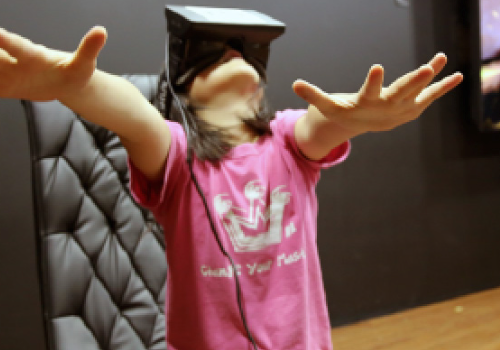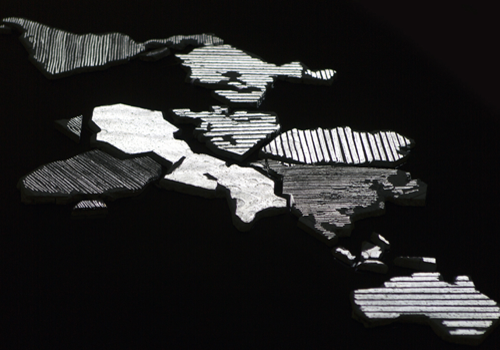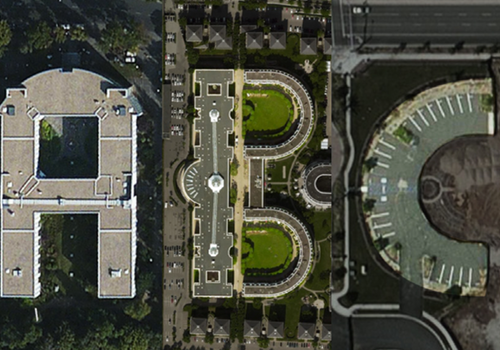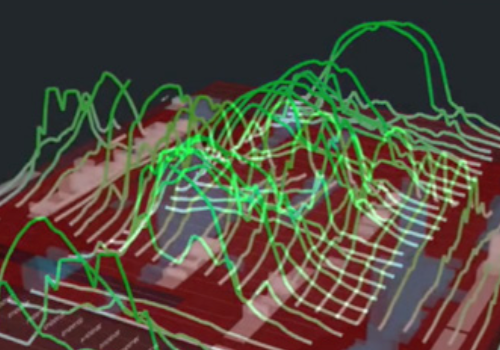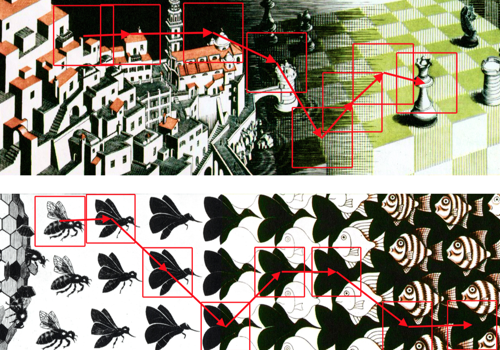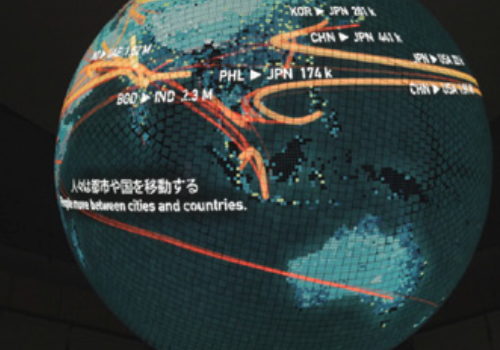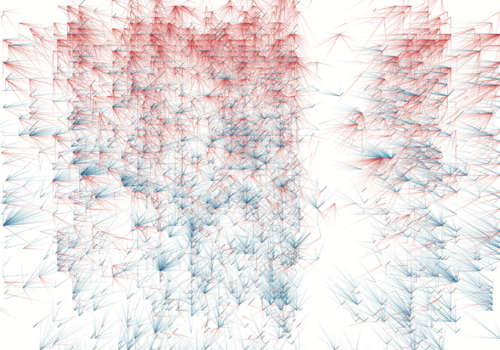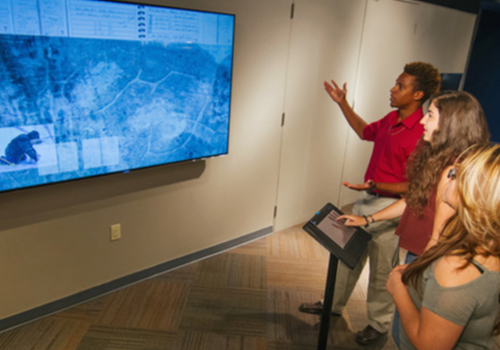The VISAP’17 Call for Entries / Call for Papers
The VIS Arts Program (VISAP) is a forum where visualization researchers, designers, and media artists come together to discuss topics in information visualization. It includes a papers track, an exhibition track, an opening reception, and a panel discussion. A wide range of submissions are encouraged, including: interactive artworks, design projects, novel visualization tools and applications, art-science or artist-in-lab projects, evaluations of visualization projects, and philosophical meditations on the intersections of art and research. VISAP aims to foster new thinking, discussion, and collaboration between artists, designers, technologists, visualization scientists, and others working at the intersection of these fields.
Our theme this year is Sustain & Decay. Inspired by last year’s VIS keynote presentation by Dr. Ricardo Hausmann and the United Nation’s Sustainable Development Goals (SDGs), we invite researchers, design practitioners, and artists to investigate data for sustainable development and to think about effective and provocative ways to represent complex interdependencies within and between ecological, socio-technical, political, and urban systems, as well as other types of interfaces between dynamic systems.
An example of such interdependencies is what Prof. Hausmann calls the “collective knowhow” of countries and regions. He argues that this knowhow is an important building block of the wealth of nations, and that data collection and data visualization can help to identify feasible and effective paths for economic progress, which can be used to orient the efforts of both the public and private sector. In parallel, two years ago more than 190 world leaders committed to seventeen SDGs, including eradicating extreme poverty, fighting inequality and injustice, and fixing climate change. While each goal is presented individually, it was acknowledged they are highly interdependent. The road to achieving these goals is long and winding, and new explorations of the use of data and visualization will play a considerable role.
In addition, we encourage submissions to focus on the myriad relationships between process and artifact. What are the creative and practical processes that are required to produce data-driven interactive artworks, visualizations, and installations? We are interested in how submitted works can influence and transform the way we understand the world around us, but also in how the design processes that go into the creation of these works can influence the way we perceive and understand them. Digital media artists, design practitioners, and scholars all explore new perspectives on the collection and use of data. They regularly undergo long iterative design and creative processes, where decisions are driven by practical knowledge and acquired through experience. Unfortunately, this knowledge is not always reported in scientific publications, as it can be seen as somewhoe less rigorous as other forms of meaning-creation. It is important to share such practical knowledge, and we encourage submissions to highlight the steps within the design process that illustrate where reflection-in-action takes place.
The VISAP’17 exhibition and papers sessions will take place at the Phoenix Convention Center during the first week in October, co-located with IEEE VIS. Selected artworks and design submissions will be installed in an exhibition setting that is open to the general public as well as to VIS attendees. All accepted submissions will be featured in the VISAP’17 Exhibition Catalog, and selected entries will be featured in a special section within an issue of Leonardo, the Journal of the International Society of the Arts, Sciences and Technology. All accepted papers will be published in the IEEE Xplore digital library. Additionally, selected authors will be invited to prepare a revised, longer version of their papers for fast-track submission to IEEE Computer Graphics & Applications.
All submissions are due on June 23rd, 2017. Details about the submission process as well as author guidelines can be found at the VISAP’17 website. For instructions on how to submit an artwork or design piece, click here: Exhibition Track. For instructions on submitting a paper, click here: Papers Track.
We look forward to your participation!
Angus Forbes and Jeremy Boy
VISAP’17 Chairs
